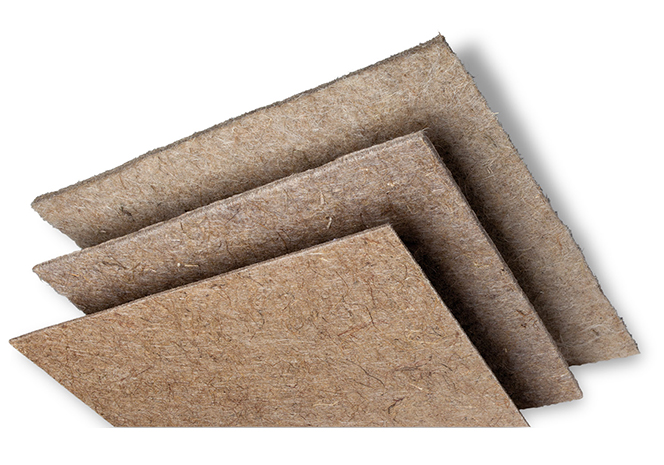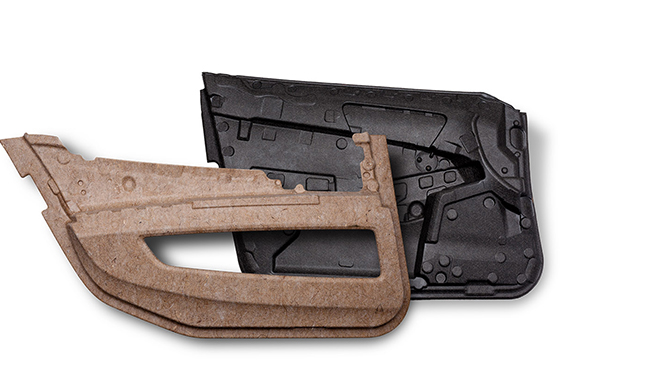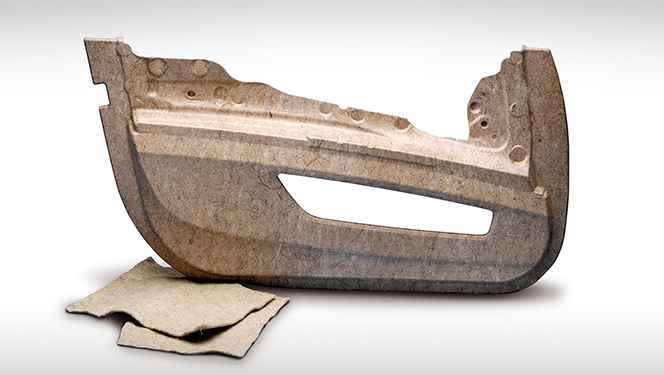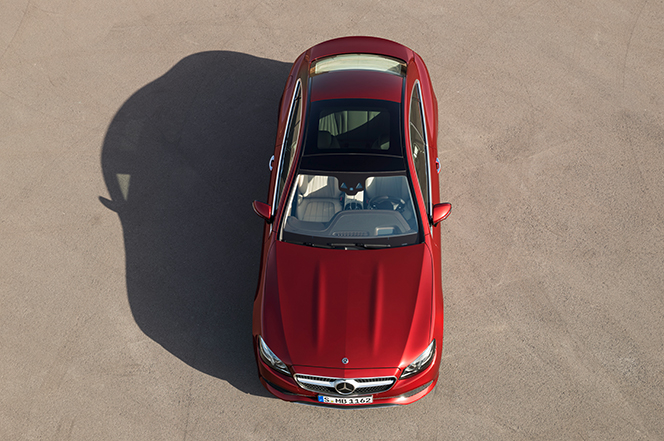To the engineers who designed your car, it doesn't matter whether you drive a crumb-coated minivan, an urban compact, a cottage-bound crossover, or (lucky you!) a supercharged exotic sports car.
In all likelihood, their number-one design challenge was the same, regardless of make or model or category or country. It has been the same for years: How can we create the best version of this vehicle at the lightest weight possible?
Heavy on lightweighting
Building lighter cars, or lightweighting, is self-evident. Thanks to the benefits of better gas mileage, reduced carbon emissions, and improved vehicle performance, manufacturers would be remiss to ignore the trend. Even if they wanted to, consequences loom for automakers that fail to meet government-mandated CO2 emissions standards in North America and Europe.
So the question is not whether to lightweight, it's how to do it, and, more to the nature of the challenge, how to do it better than everyone else.
Competition is fierce. No single part in the vehicle is too insignificant to optimize for weight. That's because every pound shed counts toward one more mile per gallon (or kilometer per liter), and a better fuel economy rating, which most consumers continue to prioritize even when oil prices are low.
There are a lot of ways to lightweight a vehicle, and the best carmakers are using a combination of all of them. It's not enough just to downsize the powertrain, or consolidate parts with injection-molded thermoplastics. Manufacturers and their OEMs also must scrutinize every metal, plastic, glass, and composite material used in the vehicle, looking for opportunities to swap them out for something lighter.
The replacement concept is simple, but it's not easy. In addition to being lighter, the new material must be just as strong and just as easy to process. Material selection is where innovation gets serious, because it's downright molecular. All fibers are up for consideration. Even plants.

A plant-based diet
Natural fibers such as flax, jute, and hemp (to name a few 'bast-type' fibers) have become increasingly popular in non-structural, or semi-structural composite panels — think door panels, trunk liners, back panels — replacing even conventional glass and carbon fibers.
,
It makes sense. Natural fibers are lightweight, strong, renewable, and relatively cost effective. Their acoustic and thermal insulation properties are also noteworthy, outperforming glass fiber.
The binder is where chemistry continues to play a crucial role. Not only does the polymer need to retain the desirable properties of natural fibers; it also has to add the properties the fibers don't have. More on this in a moment, but it suffices to say chemists have been able to check most of these boxes.
Time to aim higher lower
Auto manufacturers already have many years of experience with the benefits of natural fiber composites, and they have started to shift processing technologies to get even more savings. Just by making the change from injection molding composite panels to compression molding, automakers have further reduced the weight of each part by 20 percent.

Lightweighting by 20 percent is excellent by any standards. But Henning Karbstein, Manager of New Business Development & Idea Management at BASF, says the industry can do better. This is where we return to the binder chemistry.
"Traditional resins have been very effective, but they aren't without challenges," Karbstein says. "The problem with polypropylene (PP) is that it does not get the best possible performance out of natural fibers, nor does it help in creating composites with natural fiber as primary content; natural fiber-polypropylene, or NF-PP, use only approximately 50 percent natural fiber," he continues. "This isn't a huge problem, per se, but when the goal is lightweighting, we want to use more natural fibers to yield better results.
"Innovation in this area was only a matter of time, and we finally have it," says Karbstein. "With new binder technology, we have addressed these challenges head on. In the process, we've also helped manufacturers achieve more in both weight savings and in overall sustainability."
One fat difference
The new binder technology Karbstein refers to is called Acrodur® Power 2750 X. It's an acrylic resin system that is waterbased, formaldehyde-free, and has only one component. Like other polymers, there are different grades available to offer flexibility in processing (even thermoplastic processability), and provide specific properties in the final composite part.
Most impressively, Acrodur allows for 75 percent or more natural fiber content in the composite, providing additional weight savings — 40 percent lighter than conventional plastic components — without compromising on strength.
BASF isn't about to reveal the secret sauce recipe behind the new resin, but they're very open about one of its major differences from conventional binders. It comes down to process.
Let's start by looking at the traditional impregnation method, which adds PP to the fiber granulates in a solid form. Here, the materials are heated up, the resin melts, and then it adheres to the fibers around it, before solidifying in a cold mold. In essence, PP fills the gaps between the fibers.

Acrodur, on the other hand, is a wet binder, and is added to the fibers as a liquid. While the fibers soak, every surface gets coated in the adhesive, so the fibers entangle and can bond together. With wet impregnation — whether liquid is added to a pre-produced mat or to the loose fibers before forming the mat — the resin can act more efficiently. Manufacturers end up using less of the resin to get a stronger bond.
Light years ahead
It hasn't taken long for the auto industry to take note of the new opportunity for savings. The 2017 Mercedes-Benz E-Class is already using Acrodur in its first nonwoven natural fiber sunroof frame, which is reported to provide up to 50 percent weight savings, compared to conventional metal-reinforced sun roof frames.

Acrodur technology certainly won't be the end of lightweighting innovation for non-structural panels, or even natural fiber composites, but it sets a new standard on which the industry can improve.